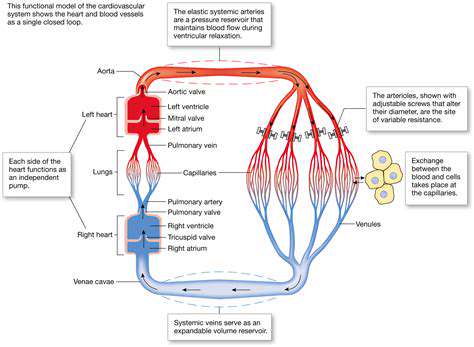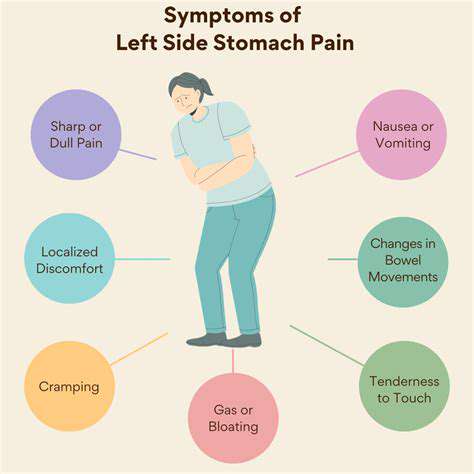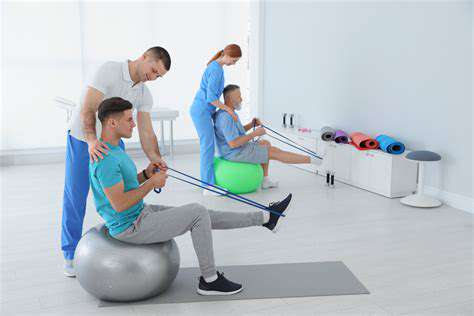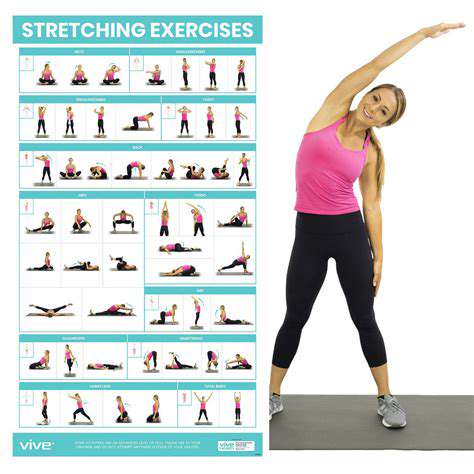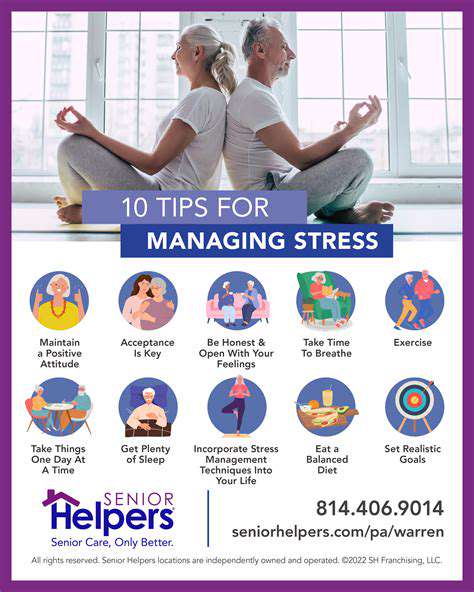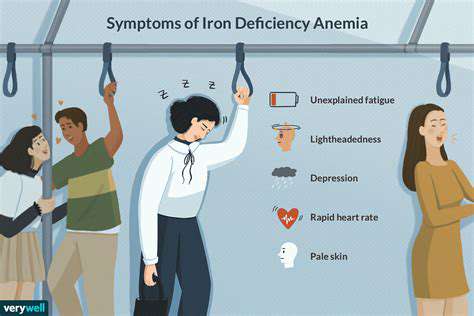Understanding Headaches Related to Vision Problems
When Eye Strain Causes Head Pain
Many tension headaches actually originate from visual system overload. Modern life demands constant near-focus—screens, documents, smartphones—forcing our eyes to work harder than evolution designed them to. This sustained effort triggers muscle tension radiating from the eyes to the scalp and neck, creating that familiar tight band sensation around the head.
The focusing mechanism—called accommodation—relies on tiny muscles inside the eye. Like any muscle overuse, they fatigue. When these muscles work overtime (especially with uncorrected vision problems), the strain spreads to surrounding facial and cranial muscles. Proper prescription lenses act like ergonomic support for your eyes, reducing this strain at its source. Simple habits like the 20-20-20 rule (every 20 minutes, look 20 feet away for 20 seconds) can prevent this cascade of tension.
Migraines and Visual Disturbances
The migraine-visual connection remains one of neurology's fascinating mysteries. For many sufferers, visual symptoms like shimmering lights (scintillations) or temporary blind spots (scotomas) serve as warning signs—called auras—preceding the headache phase. These phenomena likely result from cortical spreading depression, a wave of altered brain activity moving across the visual cortex.
Interestingly, certain visual patterns—stripes, flickering lights, or intense glare—can trigger migraines in susceptible individuals. This photosensitivity suggests the visual system plays a key role in migraine pathophysiology beyond simple eye strain. Emerging research explores how specialized tinted lenses might help prevent attacks by filtering problematic light wavelengths.
Digital Eye Strain in the Modern World
Our digital lifestyles have created an epidemic of computer vision syndrome. Unlike reading printed materials, screens add multiple stressors: glare, low contrast, and the constant micro-adjustments our eyes make to pixelated images. The blue light emitted by devices may disrupt circadian rhythms, compounding fatigue.
Beyond headaches, digital eye strain manifests as dry eyes (we blink less when staring at screens), blurred vision, and even neck pain from poor posture. Simple adjustments—positioning screens at arm's length, using matte screen filters, and ensuring ambient lighting matches screen brightness—can dramatically improve comfort. For persistent issues, computer-specific glasses with anti-reflective coatings and slight magnification for intermediate distances often help.
When headaches persist despite these measures, a comprehensive eye exam becomes essential. Sometimes what seems like simple eye strain reveals underlying binocular vision dysfunction or convergence insufficiency—conditions where the eyes struggle to work as a coordinated team.
Escape rooms demonstrate how visual perception and problem-solving intertwine in engaging experiences. The most successful designs understand visual cognition—how players scan environments, recognize patterns, and interpret visual clues. This intersection of vision and cognition mirrors how our visual system collaborates with other brain regions in daily life.
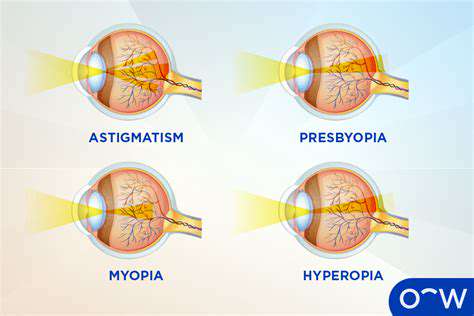
Taking Control of Vision-Related Headaches
Identifying Your Personal Triggers
Headache patterns often reveal individual sensitivities. Keeping a detailed log—noting timing, activities, lighting conditions, and even weather changes—can uncover surprising triggers. Many discover their eye strain headaches consistently follow long video conferences (with intense screen focus) or occur after reading in dim lighting.
Headache Types and Their Visual Components
Understanding headache categories helps target solutions. Tension-type headaches often feel like constant pressure, frequently starting around the eyes. Migraines typically involve throbbing pain, usually one-sided, often preceded by visual changes. Cluster headaches—intensely painful attacks around one eye—follow circadian patterns. Each type may respond differently to vision-related interventions.
Lifestyle Factors That Compound Visual Stress
Chronic sleep deprivation magnifies eye strain effects, as does dehydration (reducing tear production). Dietary factors like caffeine withdrawal or artificial sweeteners might lower headache thresholds. A holistic approach—addressing sleep, hydration, nutrition alongside visual habits—often yields the best results.
Practical Stress Reduction for Visual Relief
Progressive muscle relaxation techniques can specifically target the forehead, scalp, and eye muscles. Guided imagery exercises that involve visualizing peaceful scenes may provide dual benefits—mental relaxation while giving the eyes a soft focus break. Even brief palming (covering closed eyes with warm hands) interrupts the stress-strain cycle.
When to Seek Professional Evaluation
Warning signs like sudden vision changes, headache upon waking, or pain accompanied by fever/nausea warrant prompt medical attention. For chronic issues, a multidisciplinary approach—combining optometric, neurological, and sometimes physical therapy perspectives—often proves most effective.
Tailored Treatment Approaches
Beyond standard prescriptions, options like prism lenses (for eye alignment issues) or specialized tints (for light sensitivity) might help specific cases. Vision therapy—customized eye exercises—can retrain focusing systems in ways glasses alone cannot. The right solution depends on accurate diagnosis of the underlying visual dysfunction.
Sustainable Prevention Strategies
Creating an eye-friendly workspace, establishing screen time boundaries, and practicing good visual hygiene (like blinking consciously during focused work) form the foundation. Regular eye exams—even when vision seems stable—allow early detection of age-related changes that might contribute to headaches.
